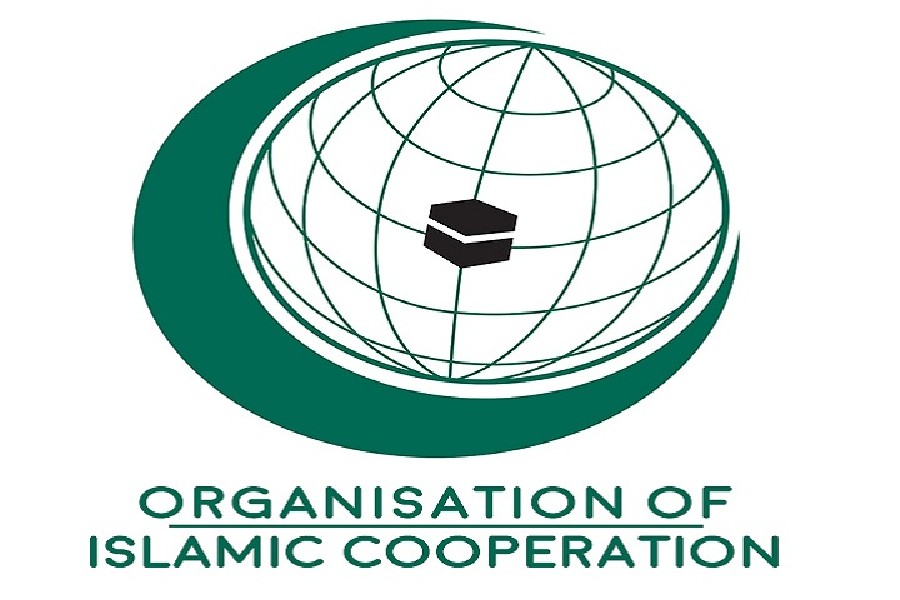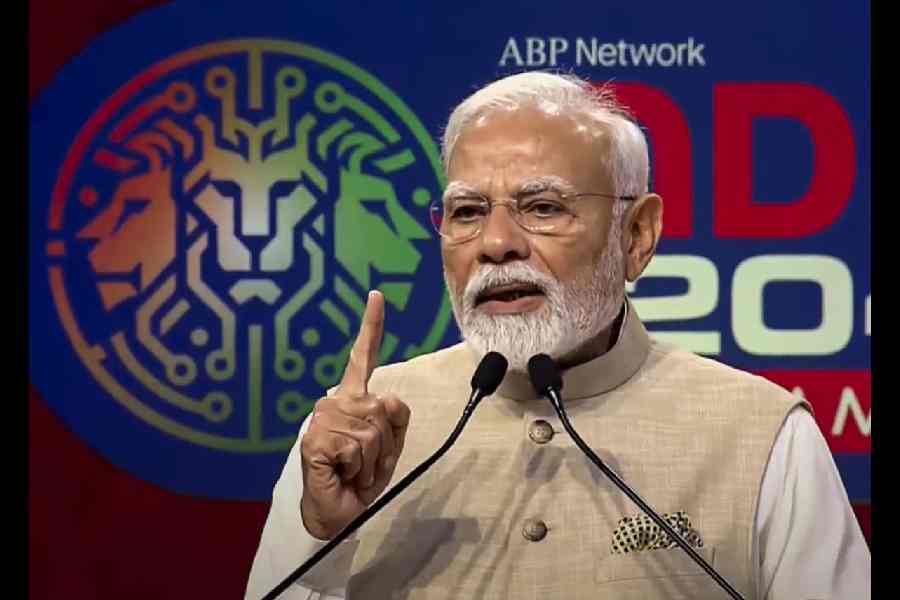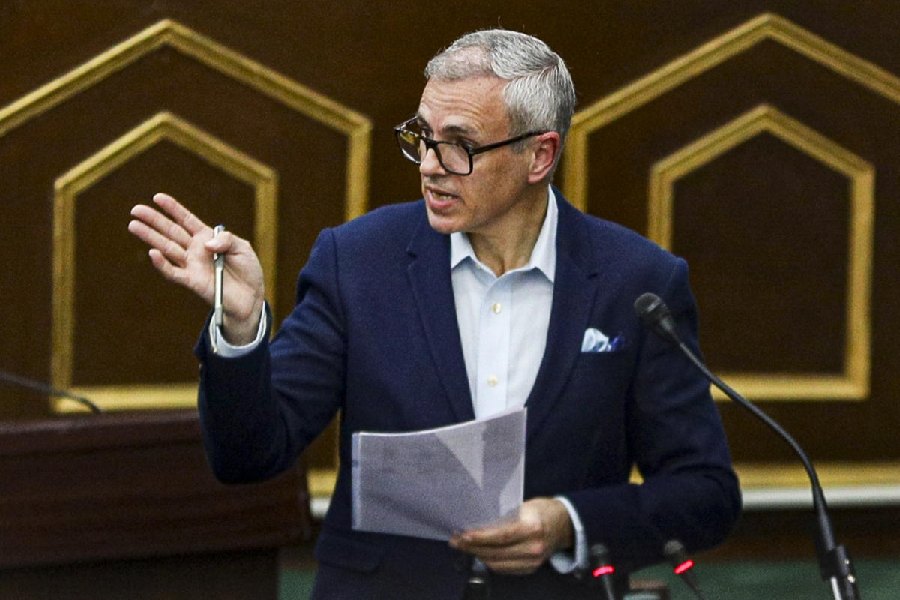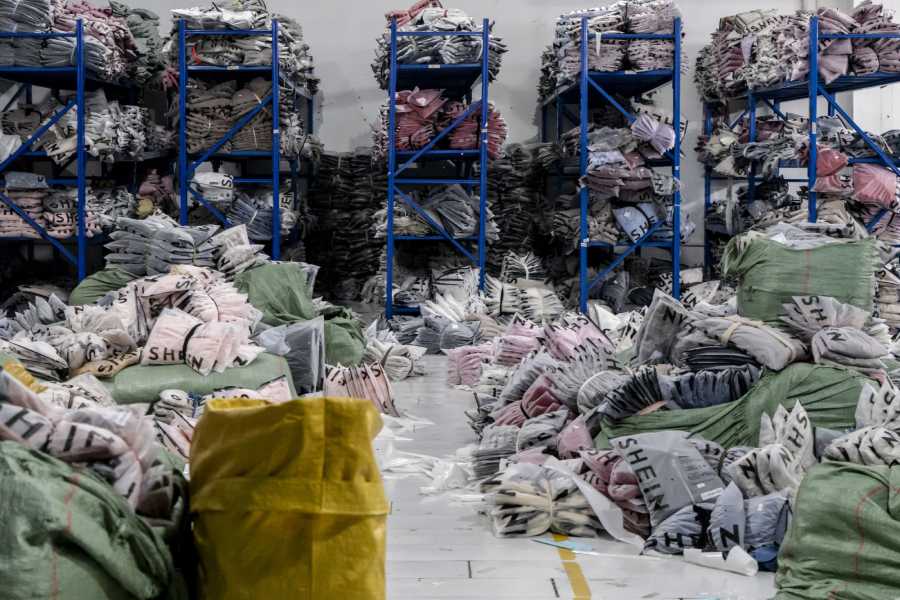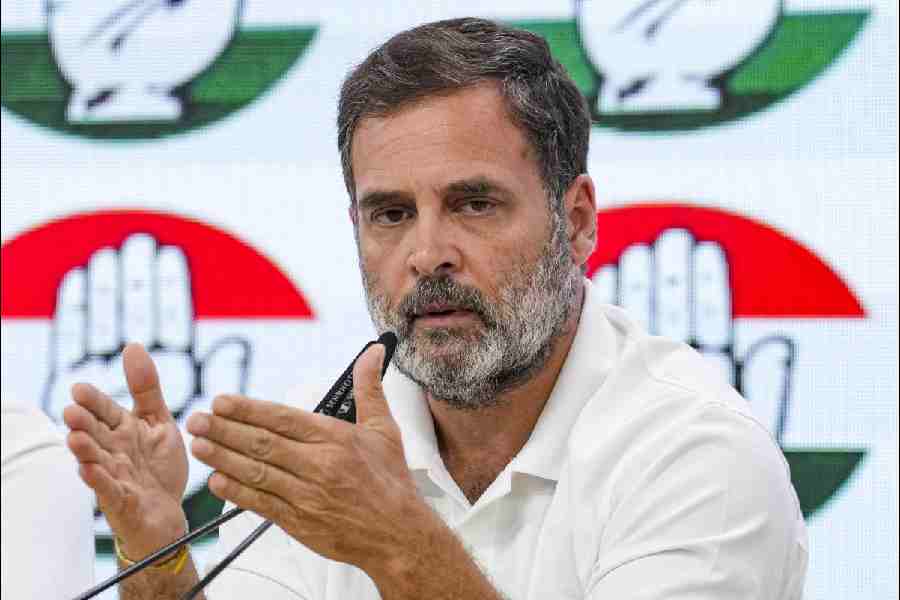
Watching the videos of the sting claimed by a news portal against the top leaders of a local political party, several possibilities come to mind. Reporting the portal’s claim, many newspapers and television channels have been (quite rightly perhaps), treading on legal eggshells, referring to the figures in the videos as ‘images’, being careful to say that such and such image ‘resembles’ such and such a leader who ‘seems’ to be saying such and such thing. Looking at the videos one thing was clear to anybody with a film-making background — the videos themselves could not have been faked, that is, the shot material had an audio-visual technical integrity, whether what was actually shot was genuine is a different question.
In other words, one could try and imagine that the people in these clips were actors, lookalikes, dead ringers of well-known leaders and members of parliament acting on location or on sets. Going through the exercise, I had to doff my hat to the ‘producers’, the ‘actors’ and ‘technical crew’: the decor of the various offices and homes was perfect, the raw, harsh overhead tubelights, the softer yellow lights in some cases, natural light in others, were superbly rendered, a lot of it mutated by the fug of closed air-conditioned rooms, whether filled with cigarette smoke or not. The shots themselves were also very naturally taken, exactly as if they were from a tilted, low-angle, hidden camera, with attention paid to small details such as a piece of paper obscuring a leader’s mouth as he speaks but shifting in the breeze just in time to reveal clear lip-sync and ‘nail’ him; or, in another example, the purported target slightly out of focus but the image of the deity, holy place or party leader in clear focus on the wall behind.
The ‘actors’ themselves were also performing at a high level of naturalism, their faces flickering between feigned indifference and greed, between shame and bravado, between the need to impose a Bengali alpha-male supremacy on the hapless South Indian bribe-carrier and simpering gratitude as the bricks of notes piled up to cover their faces like a wall of greed. The script too, was bitingly good as satire — where else in this country could the top leaders of a ruling party be bought for the chicken change of five lakh rupees apiece? Imagine a minister or MP from Gujarat, Haryana or Karnataka selling themselves for this pittance and then saying, “If we accept less than this what will the youngsters do? We have to leave something for them!” No, if this was indeed a work of scripted and staged fiction, it deserves the nation’s highest film awards and international recognition for work in this genre which we might call ‘Sting Kino’ or ‘Le Cinema de Sting’.
Jokes aside, these recent video clips do force one to ask — more in terms of visual culture than politics — how did we get here?
Since the turn of the millennium, several new aesthetics of the moving image have emerged, startlingly new vernaculars that were more or less unimaginable in the analogue-driven 1970s and 1980s, and hardly comprehended in India even till the mid-1990s. The introduction of new technologies and the mutations of politics have, together, conspired to produce what one can perhaps call ‘bodies of work’, if one was to kidnap the art-critic’s term and use it tongue-in-cheek. Specifically, from the moment TV images produced by mainstream media began to face competition from more ‘home-grown’ sources in the 1990s, the game has increasingly been prised wide open.
‘Surveillance chic’ has been with us since the late 1960s, when in films you already had robot cameras swivelling and making funny mechanical and electronic noises to show us how inhuman they were. Video was a rarity in those days, an electronic lab egghead’s toy, so how exactly these bird-headed contraptions worked was unclear — 8 mm film or Super-8 film? Could it be processed and projected quickly enough to stop the intruder from slaughtering the Dobermans and entering the high-tech castle? Of course not. But the concept of recording every second of a particular chunk of time for later interrogation is one that had entered our consciousness, perhaps never to leave. Soon enough, grainy black and white video recordings became a reality, first in the ‘developed’ world and then in our neighbourhood as well. Along with being able to digest and retain several hours of a view, one of the things that has stayed constant since the advent of the early CCTV networks is that they’ve always straddled a liminal space, equally able to serve the State and its apparatuses as well as private empires, whether ‘good’ or ‘evil’. From then on it’s been a matter of bulk or scale, and of bluff and double bluff. Who can deploy how many CCTV cameras and of what quality? Who can store how much of the material the things produce, and who has the computing power to analyse the stored digital sludge? When you see a sign saying ‘This Area is Under CCTV Surveillance’ do you believe it and act accordingly? If you don’t see any such sign does that mean no cameras are peeking on you? Now, used by everyone from grocery store owners to the big spy agencies, the ubiquitous CCTV spy-pods (the ones that are actually present) create their own series of images and narrative strings, the screens tattooed at the bottom with flickering time-code.
Alongside the advent of CCTV, and sometimes as a counter to it, we had the DIY video-capturing ‘ancestors’ of today’s phone-cameras, those VHS and Hi-8 cameras which rapidly began to be used by all sorts of marginal and not so marginal groups who grabbed the cheap(er) technology (and its accessibility) to record and disseminate all sorts of things and events previously considered outside the realm of the recordable. Dovetailing into this came the tiny, ‘amateur’ digital still cameras, small wonders that allowed people to take image-making into all kinds of private spheres. So, over the recent decades, we have audio-visual evidence of police surrounding and murdering suspects, videos of funerals of ‘freedom fighters’, propaganda videos of captured ‘terrorists’ or ‘para-military oppressors’ and so on.
Tiny video-cameras also multiplied and mutated what we shot. Suddenly, all the ‘old’ qualities of the photographic image began to take a back seat to the rude and robust desire to capture something that caused immediate sensation. Within a certain range, contrast, colour-balance and exposure could be easily tweaked after taking the picture or filming the shot. As for composition, that was for effete aesthetes who were headed the way of the Dodo and the Mammoth. In terms of where the ‘subject’ is positioned in the frame, a double — opposing — shift takes place: as in most analogue photography, centrality stays the default preference of millions upon millions of images, but at the same time it is now absolutely acceptable if something is at the very edge of the picture, or even chopped off by the frame. All that matters is you can see something clearly, a place, an event, a face, a body, body parts meeting and melding, or, indeed, body parts being severed from other body parts.
The other tectonic shift that occurs over the last two decades is in how we consume images. We get used to seeing our pictures at a remove, on TV, then on the computer and (perhaps one should avoid the word ‘finally’) now primarily on our portable devices. All these tributaries begin to meet in the first mobile phones with photo and video capabilities: you have the immediacy of the digital, and the DIY privacy of it — now no person or complicated alchemical process needs to come between you and the picture you make — and then you have the ubiquity of the image-capturing device being with you at all times, available for every possible moment, enabling you to be a constant witness, both to your own life and to the lives of others.
So, speaking of bodies of work, there are now massive sets of images that overlap each other: pictures that are out of focus or off-frame; private images that have been made public; images that are instrumental in the whetting or slaking of public curiosity. With so many zillion pixels scrabbling for an individual’s attention, the recent addition of Snapchat (an app in which the image or video-clip appears on your phone, allowing you to view it just once before it deletes itself) was perhaps inevitable — consume and forget, or not, but definitely forget about ‘possessing’ the image or video.
The main thing is, after a decade and a half of ‘sting culture’ this most recent ‘revelatory footage’ may also become a victim of what one might call a ‘Snapchat Effect’. Very few people now remember with rancour the cricketers who were trapped by the first sting operation via hidden cameras. The party for which George Fernandes and Bangaru Laxman were high-ranking ministers is now back in power, having unseated another party accused of major corruption. In the meantime, several unscrupulous TV channels have tried their hand at various secretly filmed ‘traps’ and ‘stings’ and come a cropper — the public just hasn’t been that interested. One of the chief reactions to the recent sting against the local ruling party is that ‘Who cares? People expect political leaders to take the occasional bribe.’
In this scenario it’s good to remind oneself that there is a ‘cheat’ or a ‘fix’ for Snapchat app as well, where you can take a screenshot and save the image. Similarly, while the Narada sting may not have the effect its authors are hoping for, you never know where, and in whose and how many consciousnesses the greed and venality of the lookalikes may already have been downloaded. In this age where digital mirrors constantly cancel each other out, you never know what picture might stick and to what effect.






